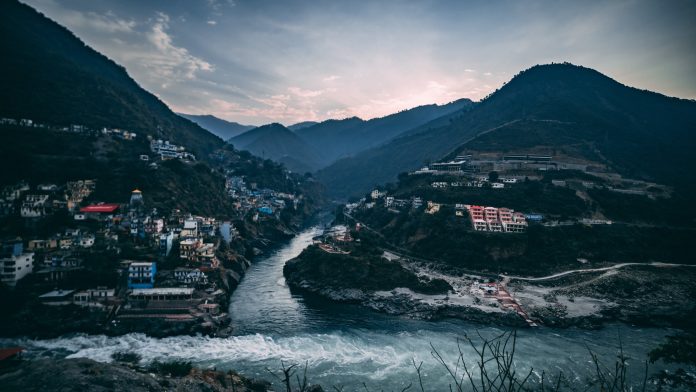A new study suggests that an earthquake around 2,500 years ago might have caused the Ganga River to abruptly change its course. This quake, potentially measuring between magnitude 7 and 8, redirected the river’s main channel in what is now Bangladesh, a region susceptible to significant seismic activity. “I don’t think we have ever seen such a big one (earthquake) anywhere,” said study co-author Michael Steckler, a geophysicist at the Lamont-Doherty Earth Observatory, Columbia Climate School, US.
Impact on Bangladesh’s Landscape
For those visiting Bangladesh or planning to, this study offers a fascinating glimpse into the dynamic landscape shaped by ancient seismic activities. The findings highlight the region’s dynamic geography and the potential for future seismic events to reshape the landscape. As climate change and human activities continue to impact river systems worldwide, the lessons learned from this ancient earthquake may provide valuable insights for managing the Ganga’s ever-changing course in the years to come.
The Historical Earthquake
Approximately 2,500 years ago, a powerful earthquake, possibly with a magnitude of 7-8, may have dramatically altered the course of the mighty Ganga River in present-day Bangladesh. This extraordinary geological event was recently uncovered by a new study published in Nature Communications. The study highlights how such a quake could have inundated anything in its path. The Ganga River, originating in the Himalayas, merges with the Brahmaputra and Meghna rivers before flowing into the Bay of Bengal, forming the world’s second-largest river system after the Amazon.
Avulsions and Earthquake Triggers
While avulsions, or river course changes, are common and often triggered by earthquakes, this is the first confirmed instance of an earthquake causing avulsion in a major delta, according to lead author Elizabeth L. Chamberlain of Wageningen University, Netherlands.
Research and Findings
Using satellite imagery, researchers identified the former main channel of the Ganga, about 100 km south of Dhaka, Bangladesh. This low-lying area, approximately 1.5 km wide and extending for about 100 km, runs almost parallel to the current river course. It frequently floods and is primarily used for rice cultivation. In 2018, researchers found features known as seismites in this area, indicating earthquake activity. Chemical analyses of the sand and mud suggest that a 7-8 magnitude earthquake struck around 2,500 years ago.
Potential Sources of the Earthquake
The quake’s origin might be from a subduction zone to the south and east, where an oceanic crust plate is pushing under Bangladesh, Myanmar, and northeastern India, or from faults at the Himalayas’ base, which are rising due to the Indian subcontinent’s collision with Asia. A 2016 study led by Steckler showed these zones building stress, capable of producing earthquakes similar to the one 2,500 years ago. Such an event today would impact around 140 million people.
Understanding the historical seismic activity that shaped the Ganga River’s course provides crucial insights into the region’s geological history and helps prepare for potential future events. As our knowledge of these phenomena grows, we can better predict and mitigate the impacts of such natural disasters on human populations and the environment.







